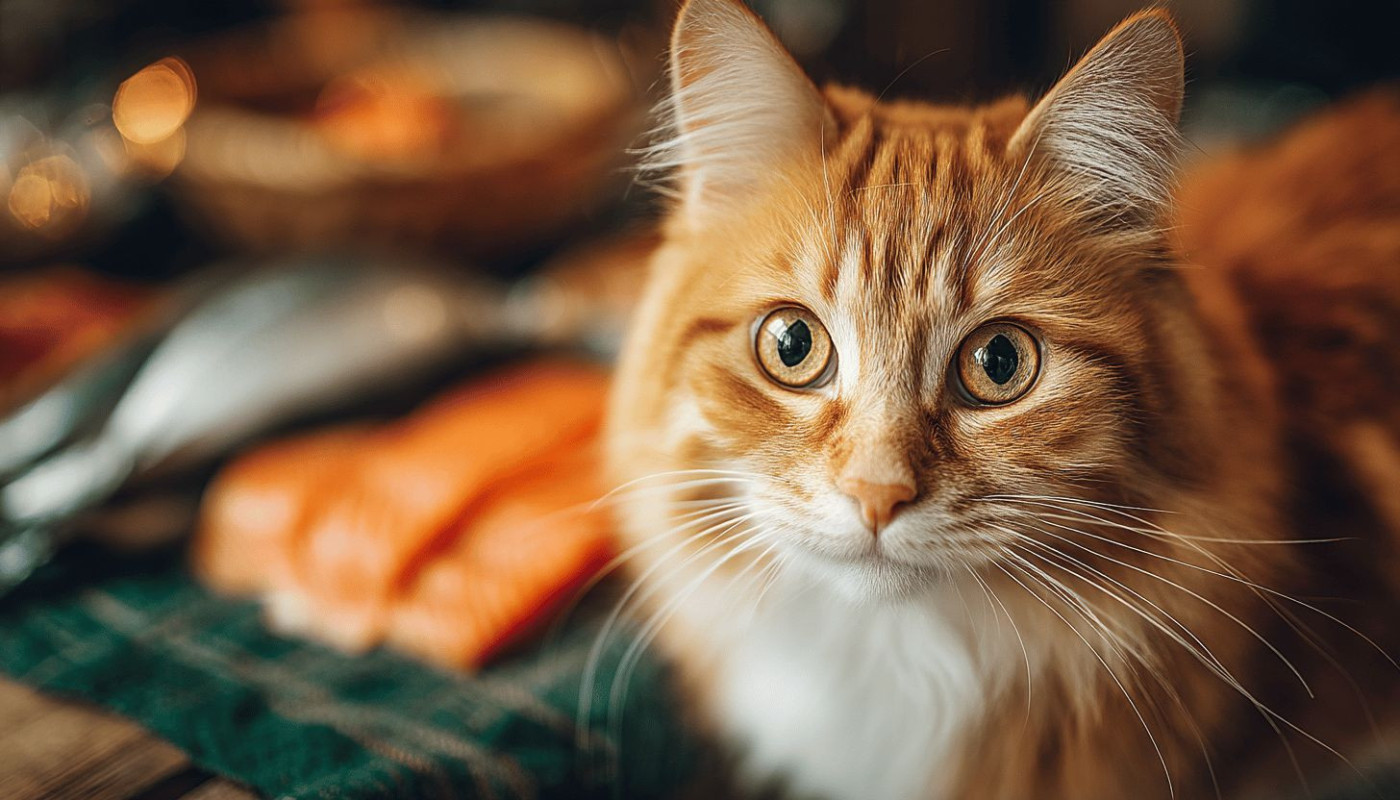Table of contents
Cats captivate us with their mysterious charm and independent nature, yet when it comes to their health, they rely entirely on our understanding of their dietary needs. Feline nutrition is a complex science, with protein playing a starring role in maintaining their vitality and well-being. This blog post delves into the unique protein requirements of cats, unraveling why a tailored diet is vital for their optimal health. The insights provided here will guide cat owners toward making informed decisions about their beloved pet's nutrition, ensuring their furry companion thrives.
Protein: The Cornerstone of Feline Nutrition
Protein stands as a fundamental component of a cat's diet, distinguishing their nutritional needs from those of other pets. Cats are obligate carnivores, meaning their bodies are finely tuned to thrive on a high-protein diet. This biological imperative for elevated levels of protein is rooted in their ancestry and plays a pivotal role in various body functions. Unlike omnivorous animals, cats utilize protein as their primary energy source, necessitating a protein-rich diet for optimal health and vitality. Animal protein sources not only fuel their energy but are also integral to cat muscle health, supporting tissue repair and growth. A veterinarian or feline nutritionist would affirm that without adequate protein, cats may suffer from health issues, including a compromised immune system and muscle wasting. Therefore, catering to feline biological needs is vital, and a diet rich in high-quality animal proteins is indispensable for maintaining their well-being.
Amino Acids: Building Blocks of Health
The significance of amino acids in feline nutrition cannot be overstated, as they serve as the fundamental components for building a robust framework for optimal cat health. Among these, taurine and arginine stand out as two of the most vital due to their unique roles in maintaining key physiological processes. Cats are unable to synthesize sufficient taurine, making its inclusion in cat food non-negotiable. A deficiency in taurine can lead to severe health issues such as cardiomyopathy and vision problems. Similarly, arginine is an imperative component of a cat's diet. An arginine deficiency can result in a dangerous buildup of ammonia in the bloodstream, as it plays a pivotal role in the urea cycle, which detoxifies ammonia produced during protein metabolism. The natural sources of these essential amino acids are typically found in animal-based proteins, affirming the necessity for a biologically appropriate diet that mirrors the amino acid profile required by felines. Ensuring that cats receive a diet with the correct balance of essential amino acids, such as taurine in cat food and adequate arginine, aligns with their cat dietary requirements and is fundamental to preventing deficiencies and promoting overall well-being.
Understanding Cat Food Labels
When selecting a diet for your feline companion, interpreting cat food labels is a vital step to ensuring their nutritional requirements are met. Real meat in cat food should be at the forefront of the ingredient list, as it indicates a quality protein source. The protein content in cat food is a significant factor in maintaining your cat's muscle health and overall vitality. It is advisable to scrutinize labels for the presence of animal by-products in nutrition, which may provide protein but are often considered lower in quality compared to whole meats. A pet food regulatory expert would assert the significance of the "guaranteed analysis" section on the packaging, which details the minimum percentages of protein and fat, along with the maximum percentages of fiber and moisture. This analysis helps in cat food ingredient analysis, allowing owners to make informed decisions about the concentrations of critical nutrients in their cat's diet.
The Impact of Life Stage on Protein Needs
For cats, developmental nutrition is not a static concept, varying significantly as they progress from kittenhood through to their senior years. The protein requirements for a growing kitten are substantially different compared to an adult cat. Young kittens demand a higher protein intake to support their rapid growth and development, which is why kitten protein needs are a focal point for pet nutritionists. As cats reach adulthood, their dietary needs stabilize, and the protein content of an adult cat diet should reflect a maintenance stage, although still remaining relatively high compared to other species due to their carnivorous nature. Transitioning into the golden years, senior cat nutrition should account for possibly reduced activity levels, yet still cater to prevent muscle wasting, hence requiring diets that are rich in high-quality protein. Acknowledging the significance of life-stage feeding and adjusting the diet to provide age-appropriate cat food can help ensure that a cat's protein needs are met, supporting overall health and wellbeing at each stage of life.
Special Dietary Considerations and Protein
When addressing the dietary needs of felines, it is vital to consider how health issues can alter a cat's protein requirements. Conditions such as protein and kidney disease can necessitate adjustments to the amount and type of protein consumed to mitigate further renal damage. Similarly, obesity in cats requires a careful balance of nutrients, including proteins, to support weight loss while maintaining overall health. For cats with these conditions, therapeutic cat diets are often recommended. These diets are designed to meet the special needs feline diet requirements that accompany such health challenges.
Implementing these diets should not be taken lightly and underscores the importance of consulting with a professional. A veterinarian specializing in feline medicine can provide guidance on clinical nutrition, ensuring that each cat's unique needs are met. By collaborating with a professional, pet owners can tailor their cat's diet to promote optimal health while accommodating any medical issues that could affect their pet's protein intake and overall nutrition.
Similar articles



